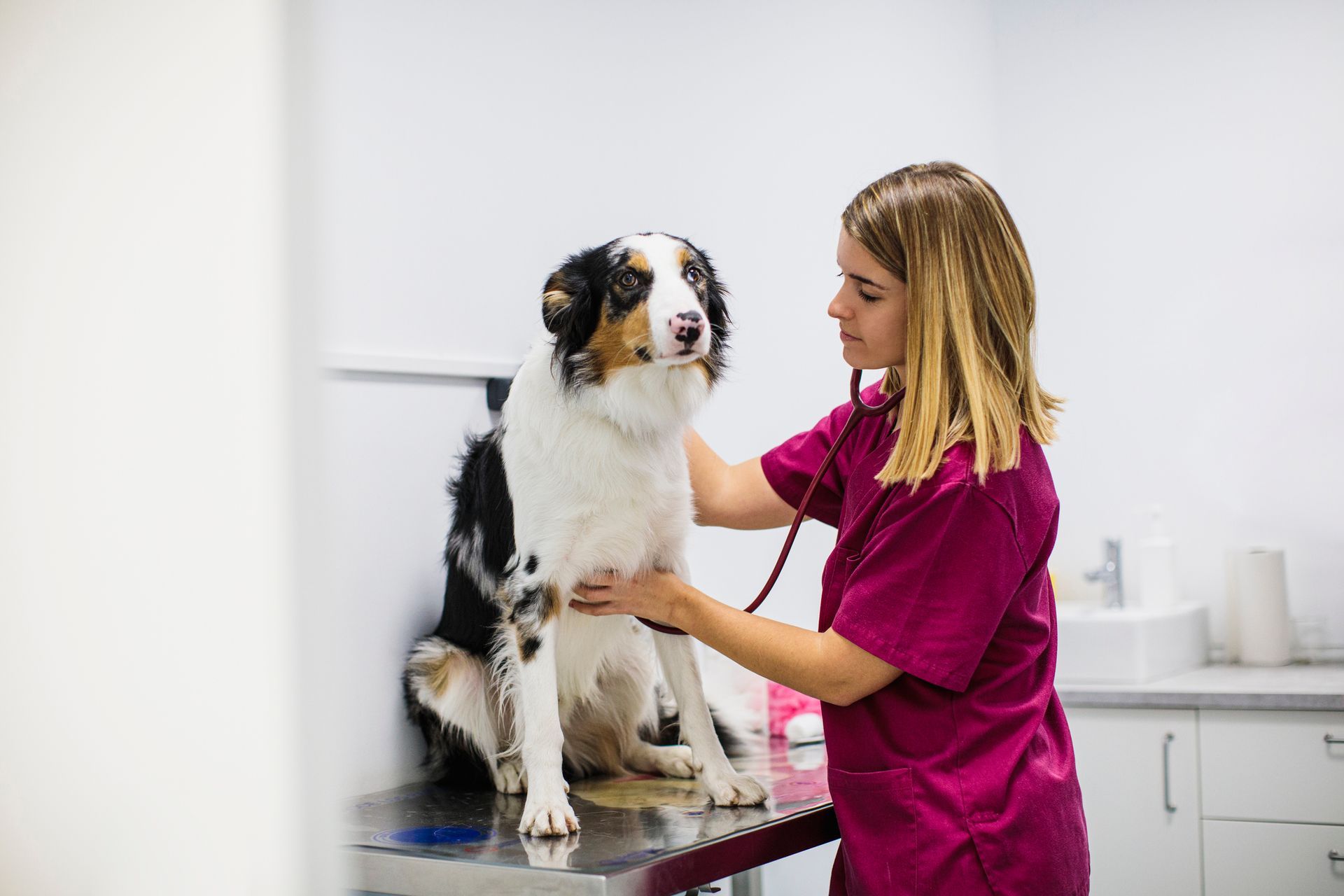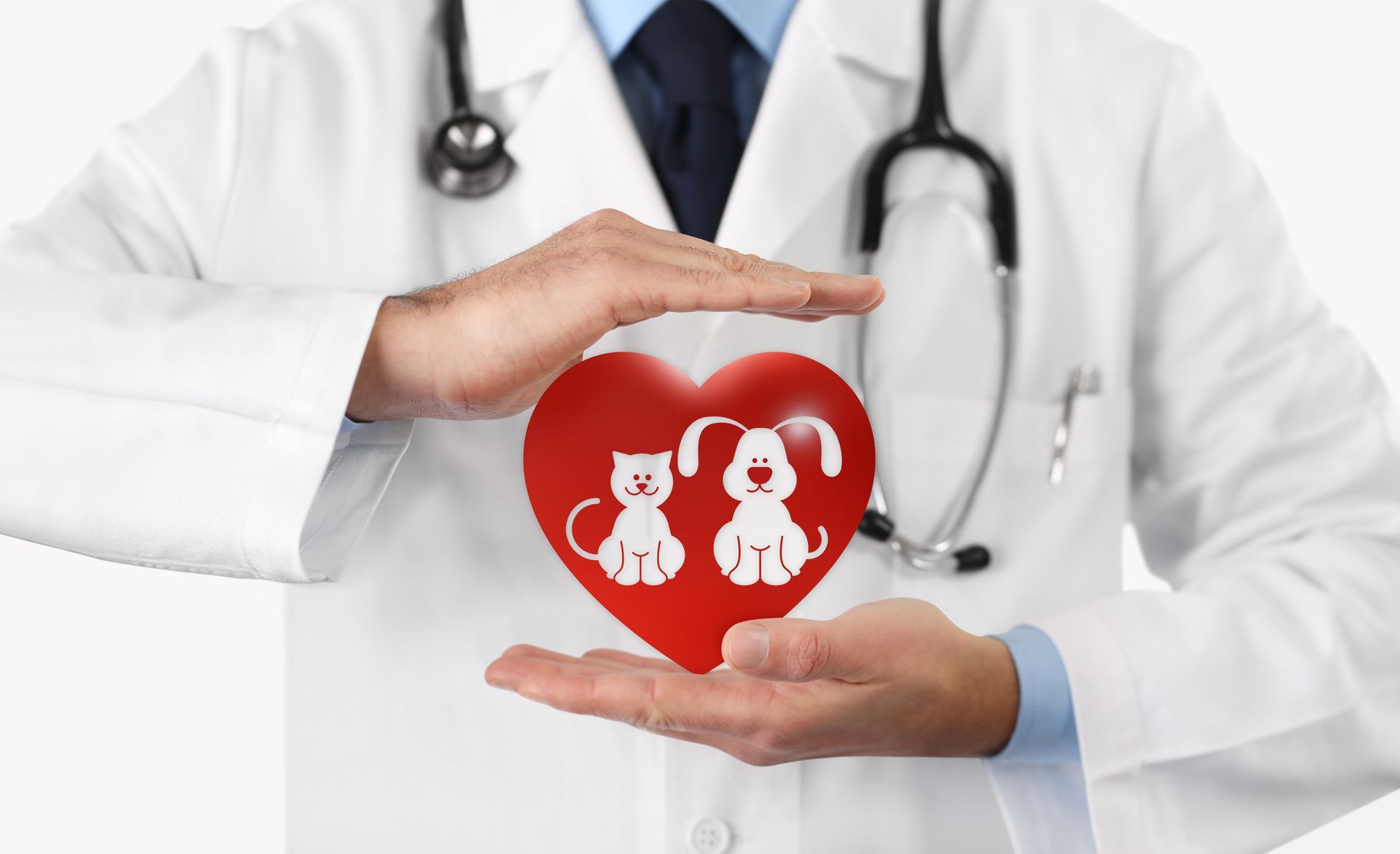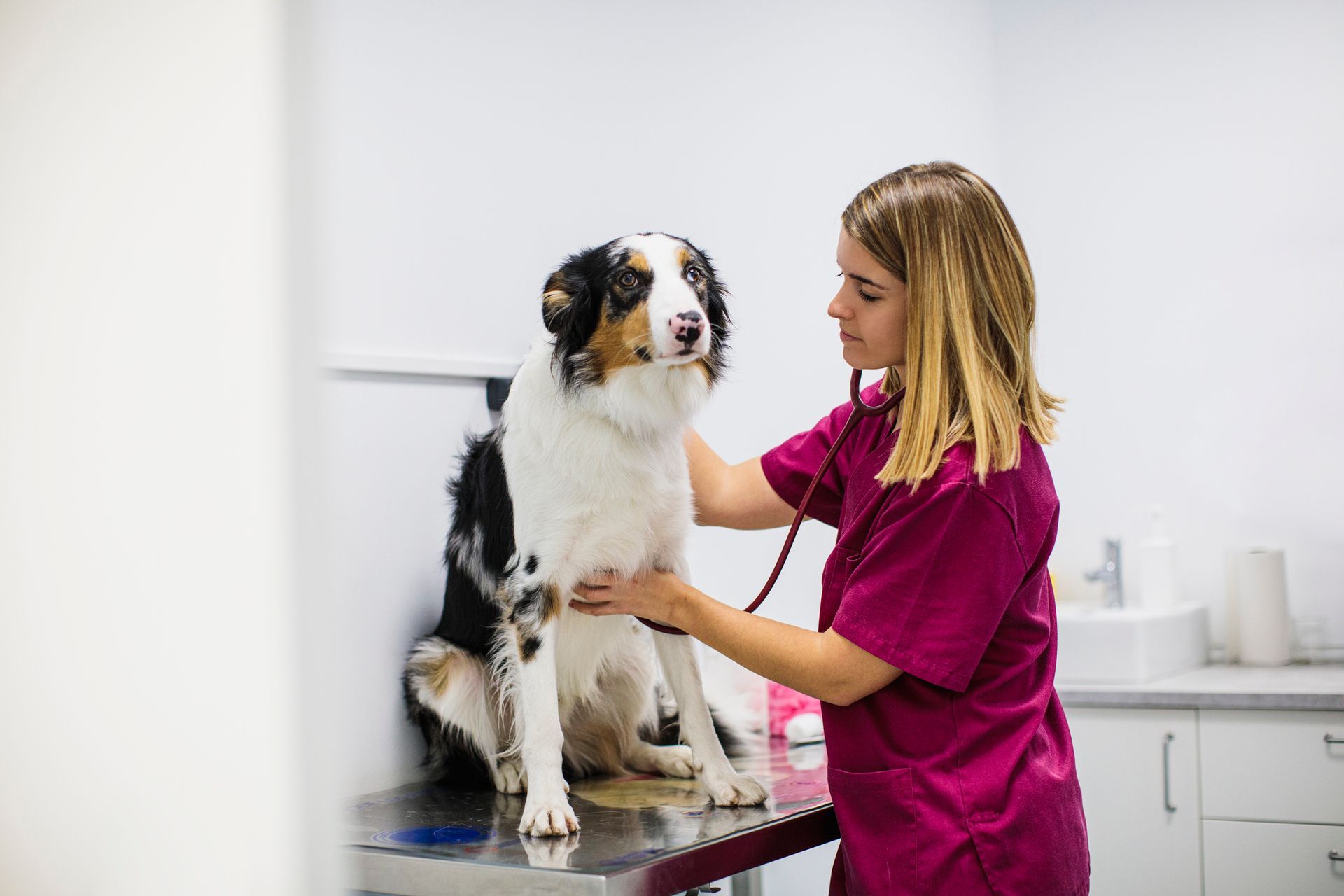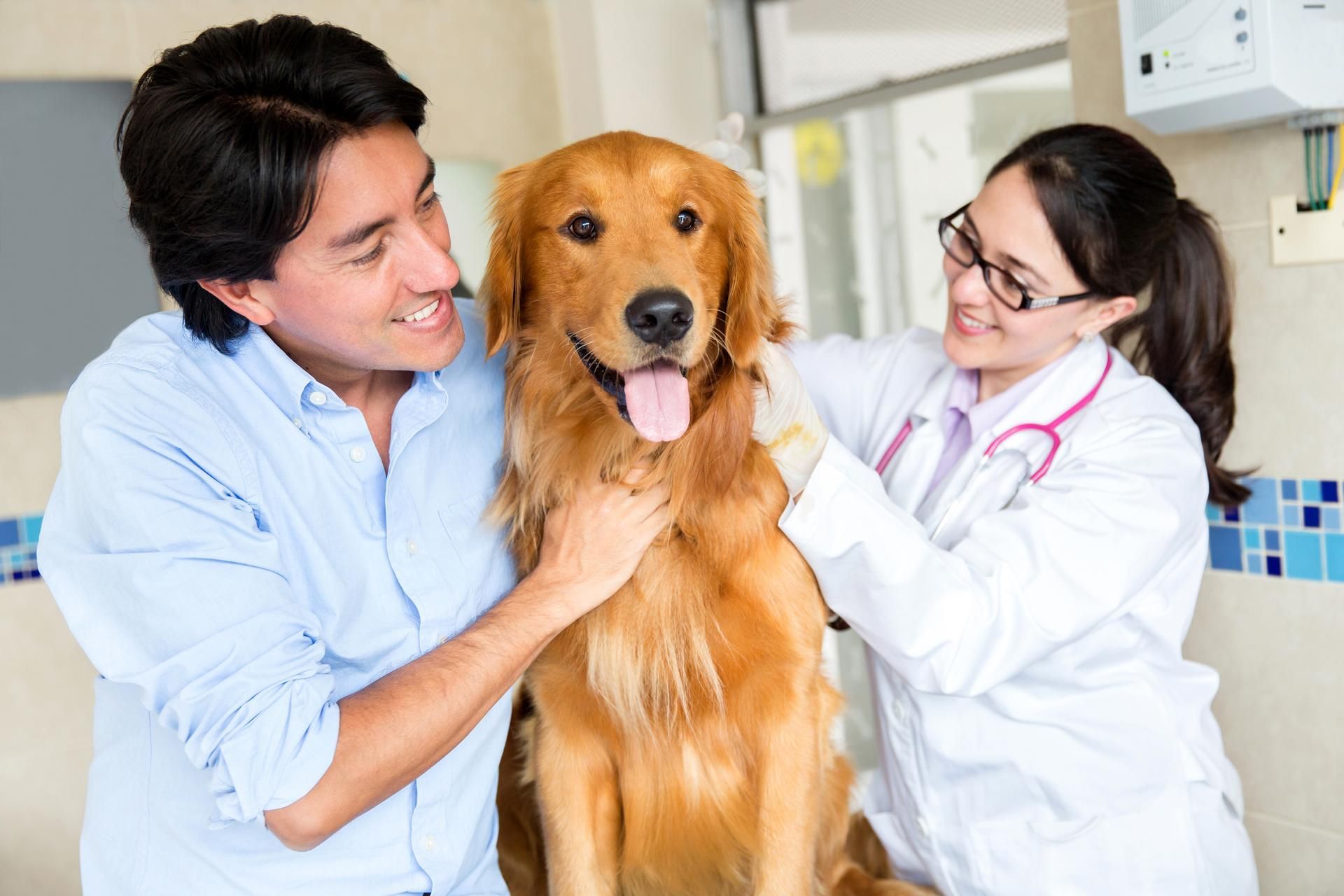4 Types of Cancer That Can Affect Dogs

Few diseases evoke more dread and concern than cancer. Cancer can appear in a wide range of animals, including dogs. While many internal and external tumors prove benign, others can turn malignant and spread throughout an animal's body. Fortunately, timely diagnosis and treatment can often defeat this disease.
If you care for a canine family member, you need to know what kinds of cancers commonly affect dogs, what kinds of symptoms might lead you to detect them, how veterinarians diagnose them, and what treatment methods can help protect your pet against their spread. Take a look at four types of cancer that can threaten dogs.
1. Skin Cancer
Your dog's coating of fur can't necessarily protect it against the ultraviolet rays that penetrate earth's atmosphere. This exposure to UV radiation can cause skin cells to multiply out of control, creating cancerous tumors. Many owners first notice these cancers by feeling or seeing lumps on their dog's face or body.
The three kinds of skin cancer that commonly affect dogs include squamous cell cancer, melanoma, and mast cell cancer. Squamous cell cancer creates wart-like lumps on the head, legs, or body. Melanoma typically features raised pigmented bumps on the face or toes. Mast cell cancer may appear on the chest, abdomen, or extremities.
A biopsy can determine whether your dog's lump indicates skin cancer. Prompt surgery may completely eliminate some cancers before they can spread. Other skin cancer treatments may include immunotherapy, chemotherapy, and targeted therapies that fight cancer on the genetic level.
2. Oral Cancer
Oral cancer represents a special threat to dogs because it tends to progress rapidly, unlike the slower growth of benign oral tumors. They may involve the fibrous cells, bone cells, or skin cells inside the mouth. Breeds with an elevated risk for the condition include Collies, Akitas, Boxers, Golden Retrievers, and Doberman Pinschers.
Oral cancer may cause your dog to stop eating, avoid pats on the head, pant, drool, or even lose teeth. This disease may also cause the face to swell up and lumps to form on the palate or gum tissue. If the cancer invades the jawbone, your veterinarian may resolve it by removing the affected bone tissue.
3. Bone Cancer
Cancer can sometimes originate in a dog's bones before spreading to other tissues. This bone cancer, or osteosarcoma, often affects larger breeds of dogs, perhaps due to the rapid rate of bone growth in these animals. Breeds with a genetic predisposition to bone cancer include Rottweilers, Scottish Deerhounds, and Irish Wolfhounds.
A dog suffering from bone cancer may display pain, swelling, or obvious abnormalities in a limb. Dehydration and decreased appetite also count as symptoms. X-rays, blood tests, biopsy, and other diagnostic techniques can confirm the condition. Amputation of a cancerous leg bone can save an affected dog's life.
4. Hemangiosarcoma
Even a dog's blood vessels can fall prey to cancer. This kind of cancer, hemangiosarcoma, typically appears in the blood vessels of the skin, heart, liver, or spleen. It produces fragile, abnormal blood vessels that may burst easily, causing hemorrhages. It most often strikes Boxers, Pit Bulls, German Shepherds, and thin-coated breeds.
If your dog shows unexplained symptoms such as lethargy, weakness, pale gums, loss of appetite, or bruised and bleeding skin, get it checked for possible hemangiosarcoma. Your veterinarian may use surgery to remove the tumor. If surgery appears impossible, your dog may receive chemotherapy or radiation therapy.
If your dog displays symptoms that might indicate cancer, schedule an immediate appointment with the caring experts at South Seattle Veterinary Hospital. We can perform the proper diagnostic tests and administer the necessary treatments to give your beloved pet the best possible outcome. Contact us today.










